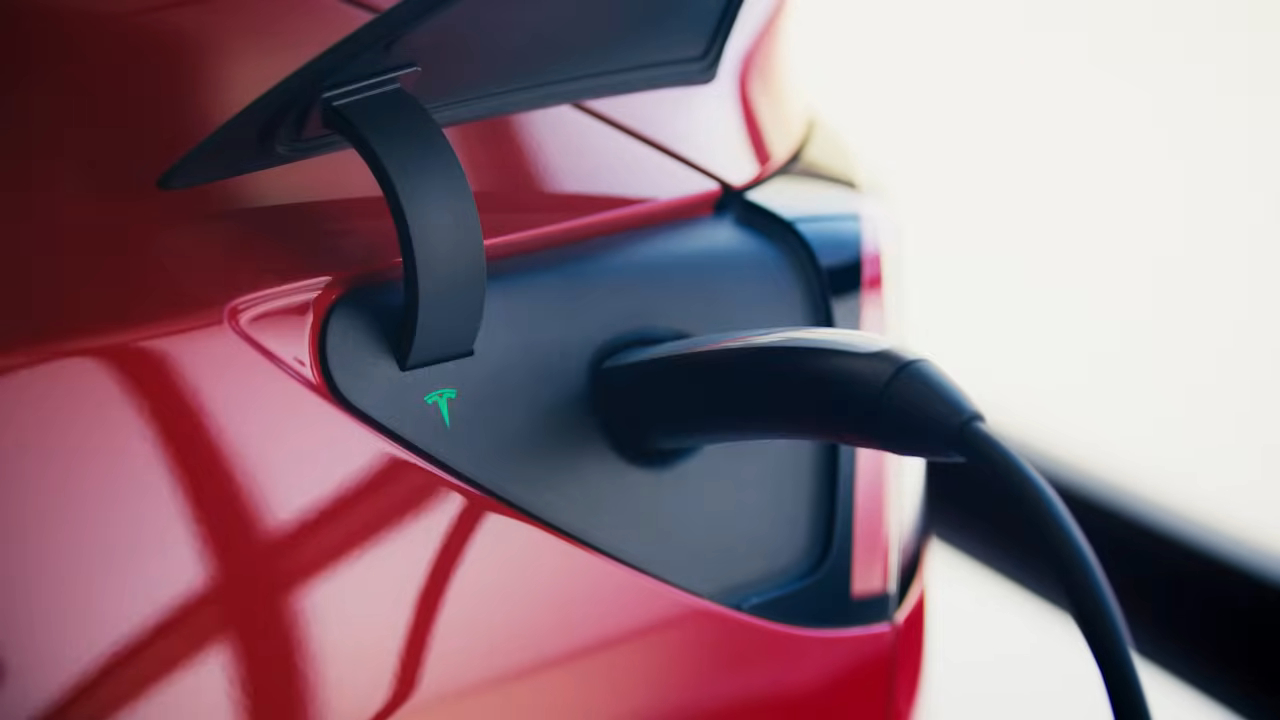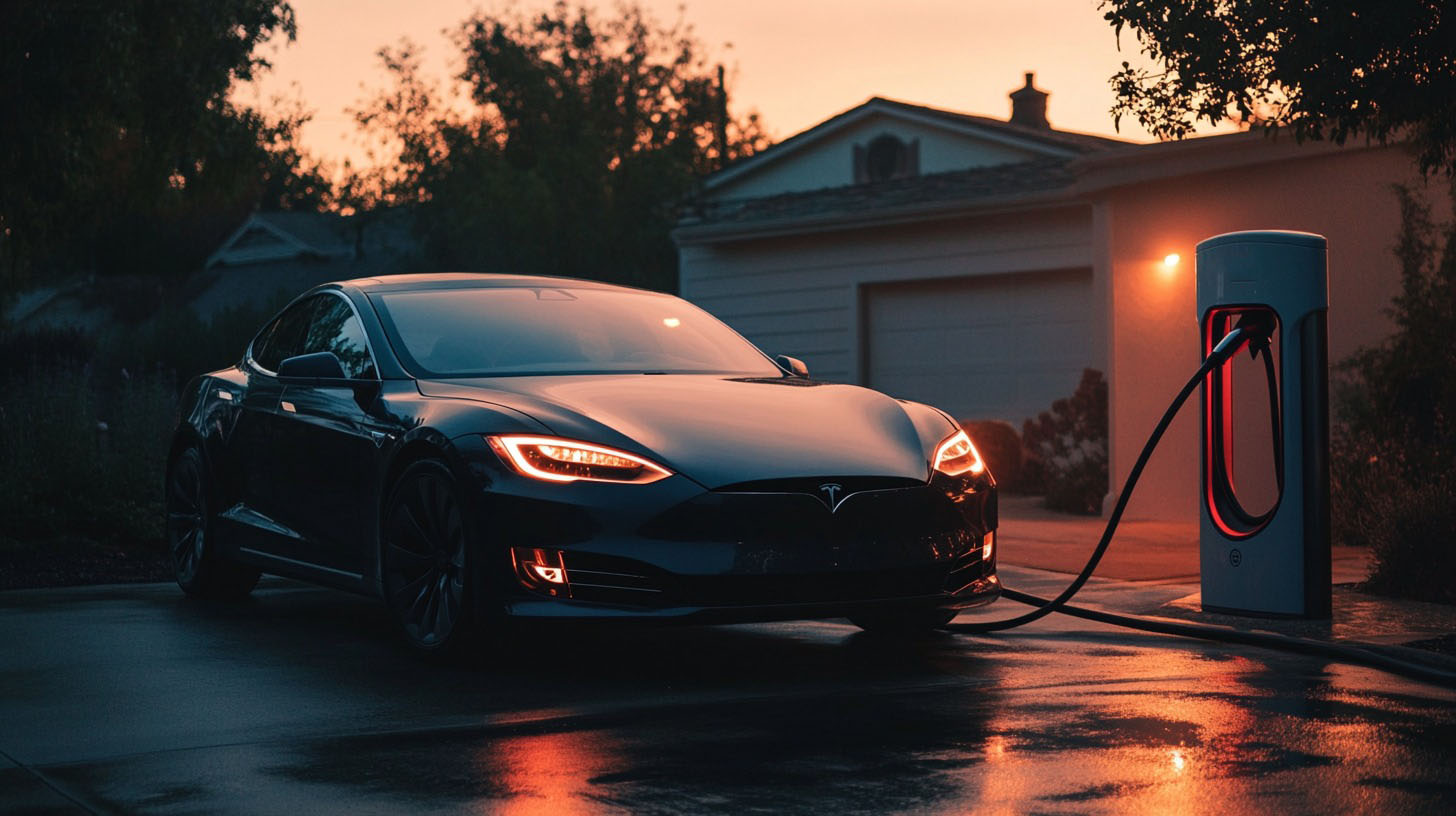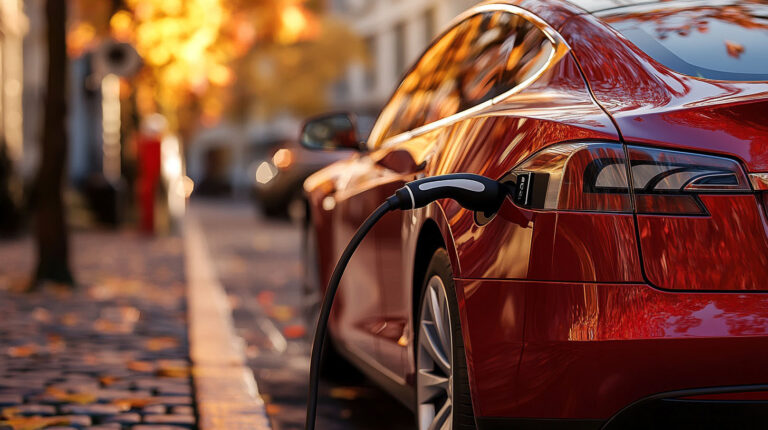As electric vehicles (EVs) become more popular in 2024, Tesla remains at the forefront of this shift toward sustainable transportation. With their innovative features and cutting-edge technology, Tesla models are driving the EV revolution.
One important aspect that potential and current Tesla owners must understand is the cost of charging. Unlike traditional gasoline-powered vehicles, the cost to charge an EV varies based on several factors.
Today, we will provide an in-depth analysis of Tesla charging costs in 2024 and highlight the key factors affecting these expenses.
Monthly and Annual Charging Costs of Charging Tesla Models
While the initial purchase price of a Tesla may be higher than that of a conventional gas-powered car, the significant reduction in fuel and maintenance costs helps Tesla owners save money in the long term.

Here’s how these savings break down:
Monthly Charging Costs
Average home charging cost: $36 to $53 per month, depending on the model, driving habits, and electricity rates.
The Model 3, with its smaller battery, typically incurs lower monthly costs compared to the Model S or Model X, which have larger batteries that consume more electricity per charge.
Annual Charging Costs
The total yearly cost of charging ranges from $614 to $800, compared to the roughly $1,850 per year spent on fuel for a gas-powered vehicle.
This represents a potential savings of over $1,000 annually, making Tesla ownership more economical in the long run.
Long-Term Savings
- Lower Maintenance: Tesla vehicles have fewer mechanical parts than internal combustion engine (ICE) cars, meaning there are no oil changes, fewer brake replacements (thanks to regenerative braking), and fewer engine-related issues.
- Fuel Savings: With electricity rates generally more stable and cheaper than gasoline prices, Tesla owners enjoy substantial savings.
Average Cost to Charge Tesla Models at Home

In 2024, the cost to charge Tesla models at home depends heavily on the specific model and battery size. Tesla Model 3, which has a battery capacity ranging from 57.5 kWh to 82 kWh, will cost between $8.28 and $14.40 for a full charge, assuming an average residential electricity rate of $0.14 per kWh.
It makes it one of the more affordable Teslas to charge.
| Tesla Model | Battery Capacity (kWh) | Cost per Full Charge ($) |
|---|---|---|
| Model 3 | 57.5 – 82 | 8.28 – 14.40 |
| Model S | 100 | 14.40 – 17.60 |
| Model X | 100 | 14.40 – 17.55 |
| Model Y | 75 | 10.80 – 13.20 |
Factors Influencing Tesla Charging Costs
- Specific Tesla model
- Charging location
- Regional electricity rates
- Charging efficiency
- Personal driving habits
Here’s a breakdown of how these elements come into play:
Tesla Model and Battery Capacity
Each Tesla model is equipped with a different battery size, which directly impacts charging costs. A Tesla Model S, with its large 100 kWh battery, will cost more to fully charge compared to a Tesla Model 3, which has a smaller battery capacity ranging from 57.5 to 82 kWh.
It means larger models require more electricity for a full charge, resulting in higher costs.
Charging Location

Where you choose to charge your Tesla significantly affects the overall cost.
- Home Charging: Generally the most cost-effective option. Home charging allows users to leverage lower residential electricity rates, often resulting in a more predictable and manageable expense.
- Public Charging Stations: Charging at public stations, such as Tesla Superchargers or third-party networks like ChargePoint, tends to be more expensive. Rates at public stations can fluctuate based on demand, the time of day, and even the location.
Electricity Rates by Region
Electricity costs vary significantly depending on where you live.
States like California, known for higher electricity prices, can result in noticeably higher charging costs compared to states like Idaho or Oregon, which have lower average electricity rates.
Many utility companies implement time-of-use pricing, meaning electricity is more expensive during peak hours. Charging your Tesla during off-peak times (typically late at night or early in the morning) can reduce your overall cost.
Charging Efficiency
- Level 1 chargers: Standard home outlets, while convenient, are slow and less efficient, leading to potential energy losses over longer charging times.
- Level 2 chargers: Typically installed in homes or found in public spaces, these are faster and more efficient, providing a better balance between time and cost.
- DC fast chargers: Found in Tesla Superchargers and other high-speed stations, they offer rapid charging but may come with energy losses and higher costs.
Furthermore, climate conditions also affect efficiency. In cold climates, batteries deplete faster, and charging efficiency drops. More energy is required to heat and maintain the battery, which in turn raises charging costs.
Driving Habits and Environmental Conditions

How often and where you drive plays a major role in determining your overall charging expenses.
If you frequently take long drives or commute over large distances, you will naturally need to charge more often, increasing the cost.
Living in colder climates or regions with extreme weather conditions can also impact your battery’s efficiency.
Cold weather, for instance, can cause a faster battery drain, leading to more frequent charges and higher costs over time.
Tesla owners enjoy significant savings from home charging, it’s worth noting that industrial heat waste, can affect electricity efficiency and costs, especially in regions with thermal pollution.
Tesla vs. Gas-Powered Vehicles
When comparing the overall costs of owning a Tesla to a traditional gas-powered vehicle, the advantages of switching to an electric vehicle (EV) become strikingly clear. The biggest cost difference comes from fuel expenses.
Gasoline prices are notoriously volatile, fluctuating based on global oil markets, political situations, and supply-demand imbalances. In contrast, Tesla owners benefit from more stable and often cheaper electricity rates.
| Cost Factor | Tesla (Electric Vehicle) | Gas-Powered Vehicle |
|---|---|---|
| Annual Fuel/Charging | $614 – $800 | Around $1,850 |
| Maintenance | Lower (fewer moving parts, no oil changes) | Higher (oil changes, exhaust, engine repairs) |
| Upfront Cost | Higher | Lower |
| Environmental Impact | Zero emissions, eco-friendly | High emissions, contributes to air pollution |
| Long-Term Savings | Significant (fuel and maintenance) | Minimal (higher running costs) |
Summary
Switching to a Tesla offers significant financial and environmental benefits. Charging costs are far lower than fuel costs, and additional savings can be gained by investing in solar-powered charging.
Over time, the decision to switch to an electric vehicle like Tesla will result in lower overall vehicle expenses and a reduced carbon footprint, making it a smart choice for the future.

